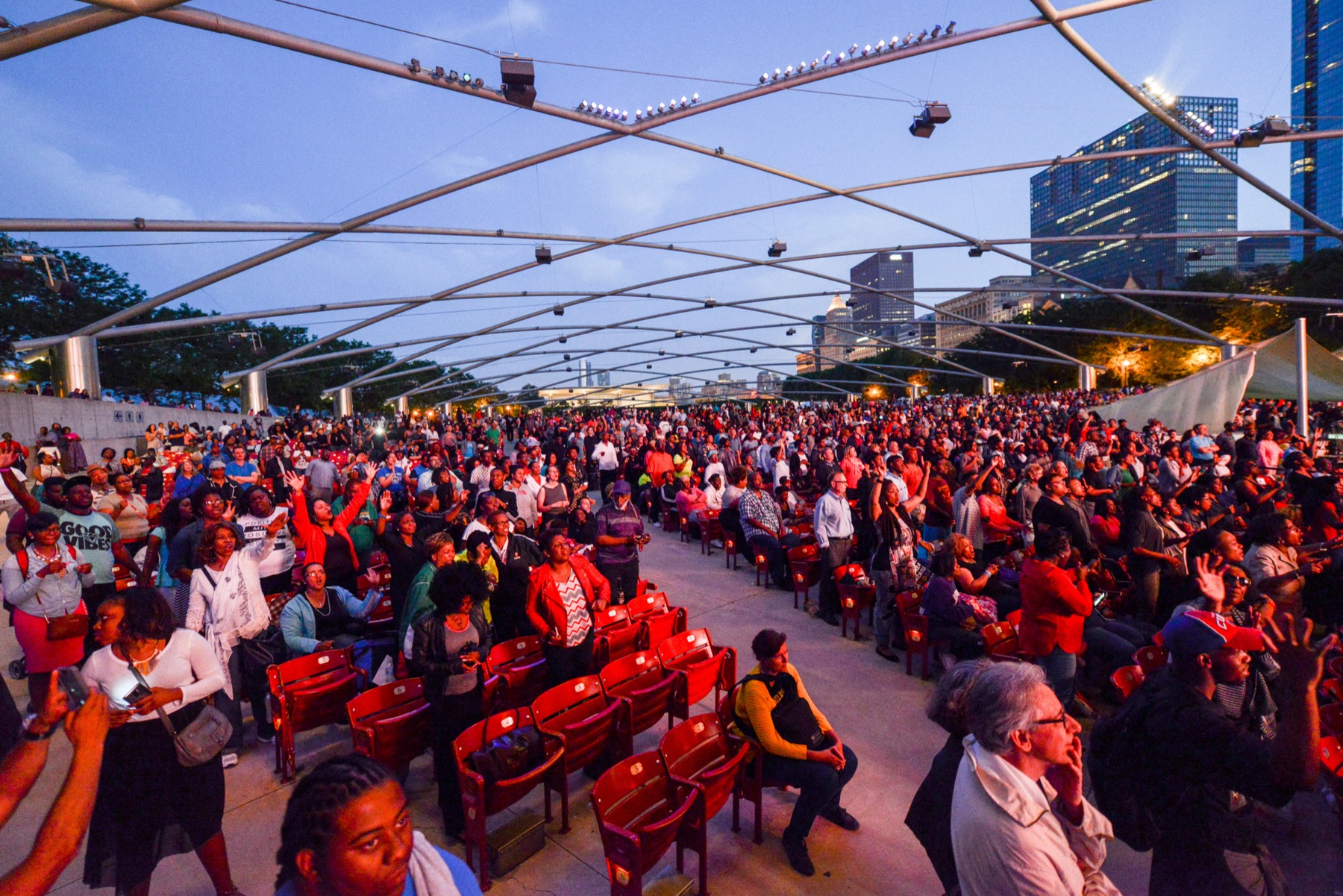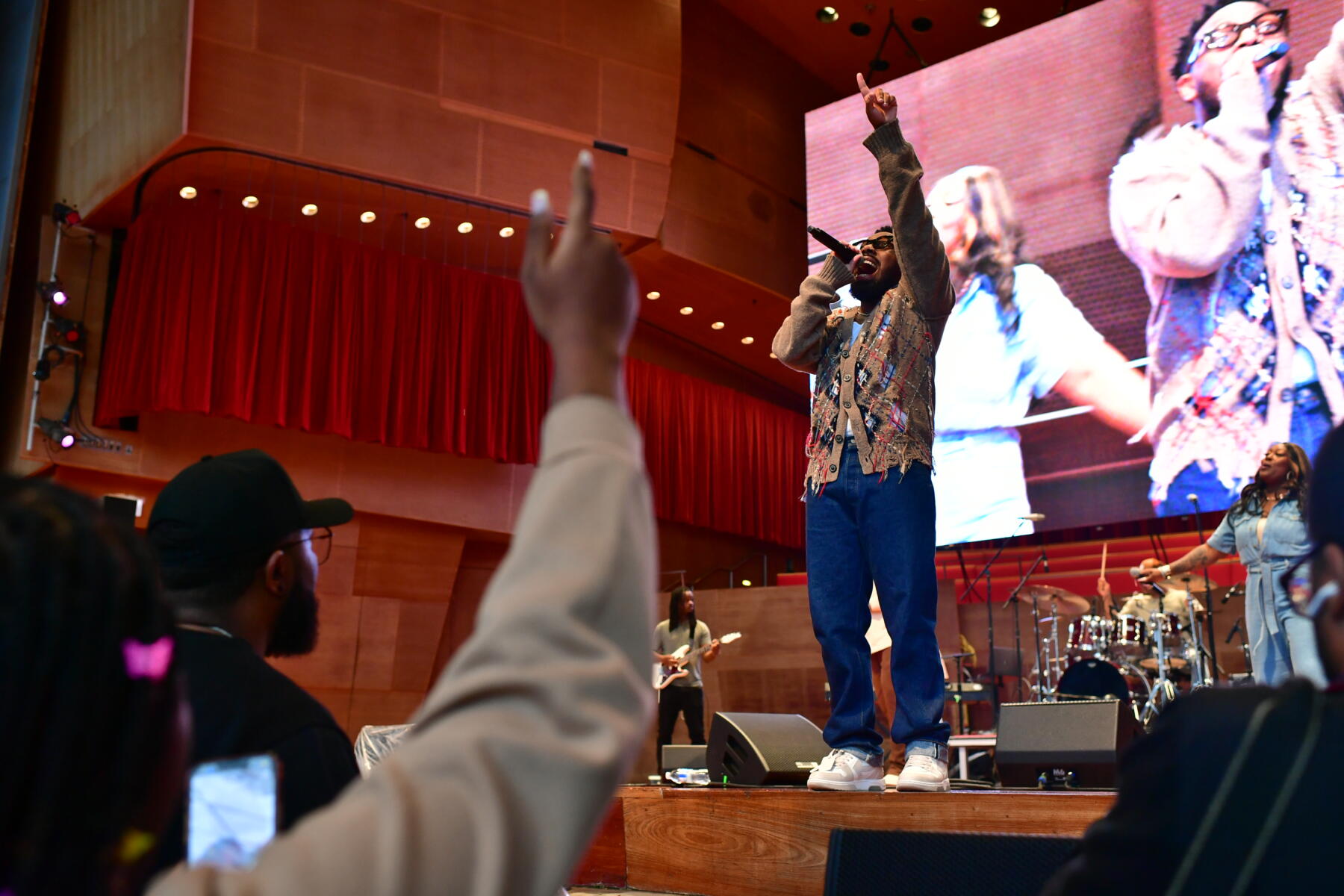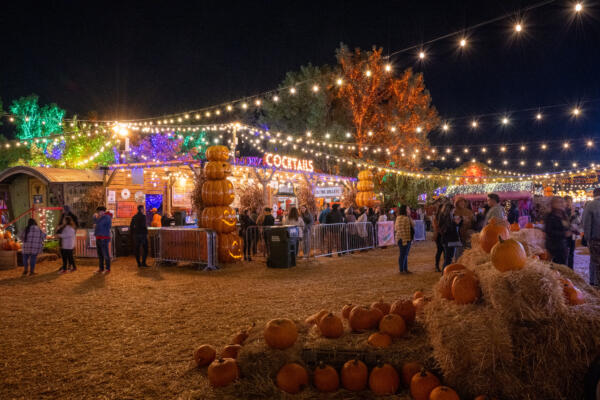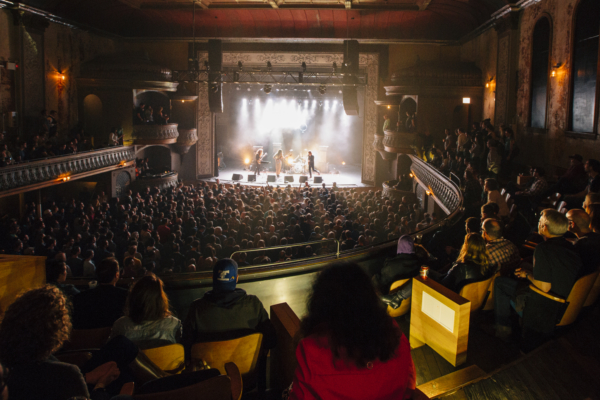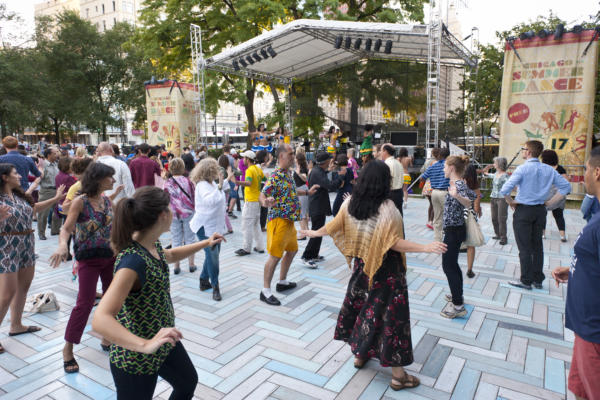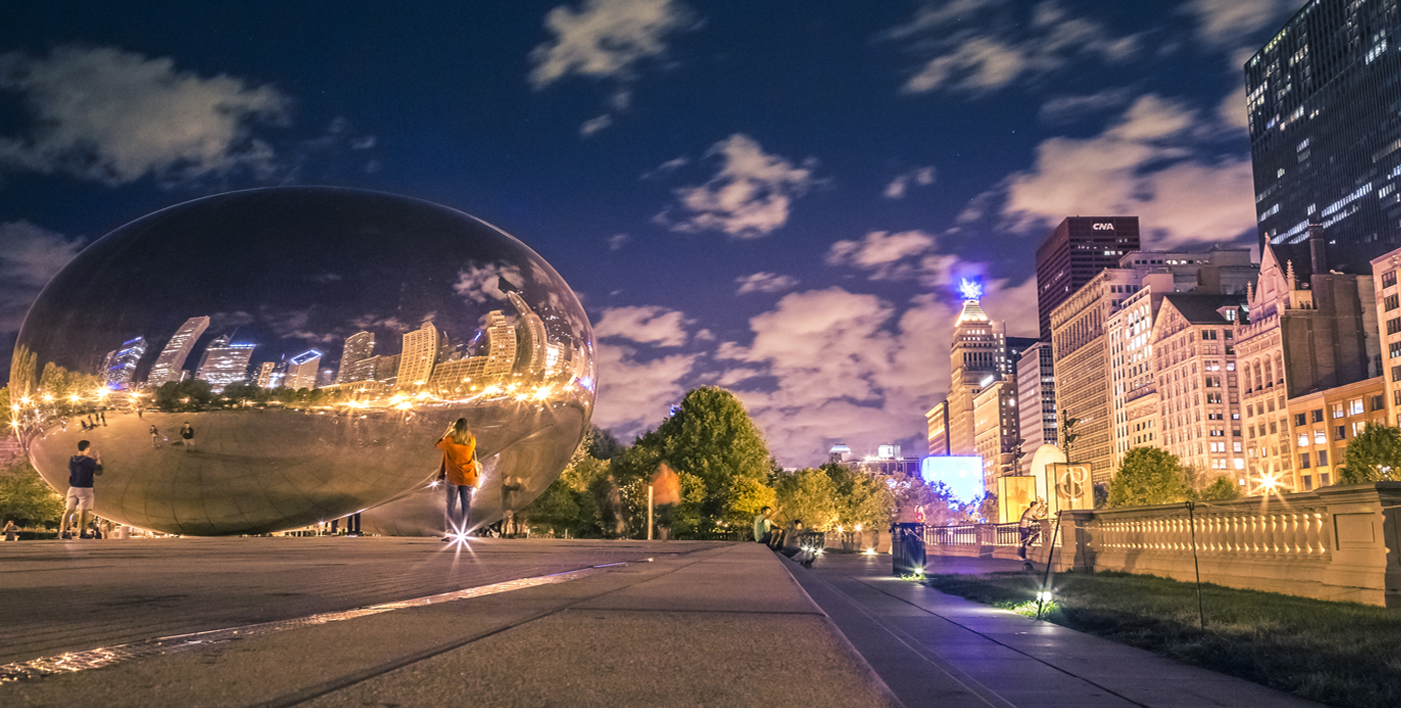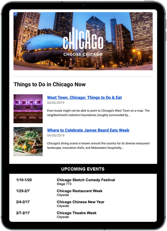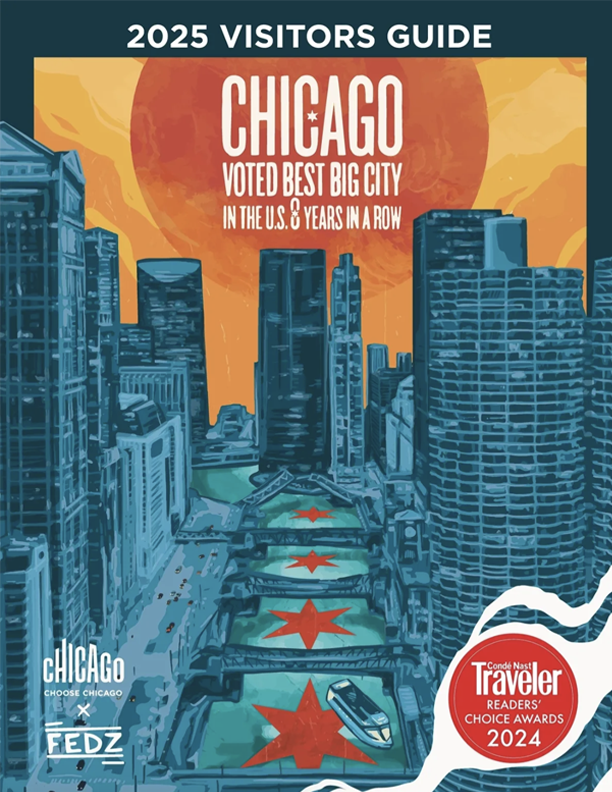The legacy of gospel music in Chicago is enduring — you can still feel its heartbeat in church pews and historic venues across the city. Born from sorrow, uplifted by faith, and carried by voices that could shake the rafters, gospel captured the soul of a city in motion.
Gospel music in Chicago
Between the annual Chicago Gospel Music Festival and local choirs keeping musical traditions alive, gospel music in Chicago still resonates today. Here’s how to experience the legacy of this powerful Chicago-born genre.
History of gospel music in Chicago

Much like jazz and blues, gospel music offered the African American community a powerful outlet for emotional expression and spiritual connection. With time, gospel evolved into a cornerstone of Chicago’s cultural identity.
In search of opportunity and refuge from Jim Crow laws, half a million African Americans journeyed from the South to Chicago during the Great Migration in the early 20th century. Among them was a young musician named Thomas Andrew Dorsey, widely credited as the father of modern gospel.
While living in the Bronzeville, a historic neighborhood of Chicago, Dorsey blended the harmonies and melodies of blues with the sacred messages of church hymns, creating a new sound that was deeply spiritual and unmistakably soulful. Gospel music stirred debate among elder ministers but struck a chord with younger parishioners and storefront churches in the neighborhood.
Gospel music truly found its rhythm in Bronzeville’s Black churches — beginning with Ebenezer Missionary Baptist Church, then Pilgrim Baptist Church, and eventually spreading far beyond. In 1931, local church leaders invited Dorsey to organize and lead gospel choirs, and from there, the genre gained momentum and crescendoed into a wider movement.
Dorsey collaborated with many musicians, including Mahalia Jackson, known as the “Queen of Gospel.” A Chicago transplant from New Orleans, Jackson helped usher gospel music from places of worship into the mainstream, performing on the radio and television, plus recording bestselling gospel albums.
In essence, Dorsey laid gospel’s foundation, Jackson gave it voice, and together with countless others, they transformed gospel music into a cultural force that continues to inspire generations.
Chicago Gospel Music Festival
From humble beginnings as a community-led tribute to Dorsey’s legacy, the Gospel Music Festival has become a major summertime highlight in Chicago. Held annually, this free festival showcases a soul-stirring lineup of traditional and contemporary gospel artists — from local choirs to award-winning performers — at Millennium Park’s Jay Pritzker Pavilion.
The event started in 1985 as the Dorsey Gospel Festival at the South Shore Cultural Center, a cultural landmark on the city’s South Side. Backed by the Neighborhood Festival Program established by Harold Washington, Chicago’s first African American mayor, the music festival attracted 30,000 attendees in its first year, swelling to 40,000 the next.
By its third year, the festival had outgrown its original venue and moved to downtown Grant Park, where it was reintroduced as the Chicago Gospel Festival. It didn’t take long for the event to gain national attention, earning a reputation as the largest gospel music festival in the world. By the festival’s fifth year, attendance soared past 100,000 visitors.
Today, the Gospel Music Festival calls Millennium Park home, with singers and choirs commanding the spotlight at the soaring Pritzker Pavilion. This yearly celebration honors Chicago as the birthplace of gospel music while welcoming new voices into the fold.
More gospel music events in Chicago
Looking for ways to enjoy gospel music year round? Check out the popular gospel brunch at The Polo Inn in Bridgeport or the gospel brunch drag show at Lips in the South Loop. You can also catch Too Hot to Handel: The Jazz-Gospel Messiah at The Auditorium Theatre every winter.
Gospel landmarks in Chicago
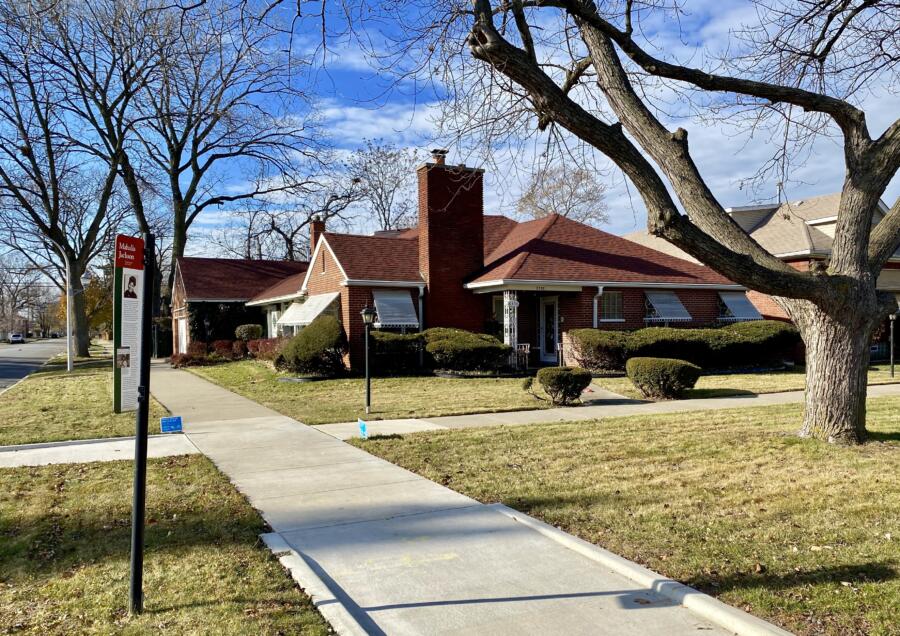
Experience Chicago’s deep gospel roots at these landmark locations and monuments to the genre’s history.
Pilgrim Baptist Church and future National Museum of Gospel Music: Designed as a synagogue in 1890 by architects Adler and Sullivan, the building found new purpose in 1922 when a Baptist congregation acquired it. With Dorsey as its music director in the early 1930s, the church debuted its own gospel choir during the genre’s formative years. Though a devastating fire in 2006 left only the limestone walls standing, construction is underway to turn the property into the National Museum of Gospel Music. The future museum will celebrate gospel’s legacy through immersive exhibits, historical archives, and a grand auditorium.
Ebenezer Missionary Baptist Church: Founded in 1902, this historic Bronzeville church served as a spiritual and cultural anchor for Chicago’s Black community. In 1921, the congregation moved into its current home in the Grand Boulevard community area — a former synagogue designed by famed architects Dankmar Adler and Louis Sullivan. In 1931, Dorsey helped launch the very first modern gospel choir, embedding the church in the foundation of gospel’s history.
Greater Salem Missionary Baptist Church: In 1927, a young Mahalia Jackson moved to Chicago and discovered her spiritual home at this South Side church. An impromptu performance led to an invitation to join the church, and her voice began to resonate across congregations, eventually linking her with gospel pioneers like Dorsey. The church became a springboard for Jackson’s early career and a sacred space where gospel music found one of its most iconic vocalists.
Mahalia Jackson Court: This public plaza in Chatham pays homage to the Queen of Gospel. The colorful cultural hub hosts a variety of public events, such as art workshops, concerts, and seasonal festivities. In addition to a nature play garden, the gathering space features murals and art by local creatives and community members.
Mahalia Jackson House: Located at 8358 S. Indiana Ave, Jackson’s ranch-style brick house was more than a home — it doubled as a symbol of enduring resistance. As one of the first Black homeowners on the block, Jackson faced hostility and intimidation, but stood her ground with unshakable resolve. She often welcomed civil rights leaders, musical legends, and international writers alike, turning her Chatham abode into a crossroads of activism, music, and faith. Please note that this home is a private residence.
Thomas Dorsey House: In his quiet red-brick home at 7921 S. Indiana Ave., Dorsey composed the soundtrack of a spiritual revolution. This Chatham home stood witness to gospel music’s earliest days, which took shape in South Side churches and later reverberated across the country, changing the rhythm and soul of American worship. Please note that this home is a private residence.
South Shore Cultural Center: Built in 1905 as the South Shore Country Club, this retreat operated under racially exclusionary membership rules. In the early 1970s, the club closed instead of integrating, and the Chicago Park District bought the property in 1975. The city renamed it the South Shore Cultural Center, a public facility devoted to arts, education, and community programming. In 1985, the center hosted the inaugural Dorsey Gospel Festival, laying the groundwork for what would become the Chicago Gospel Music Festival.


